On Frankfort Street between Park Row and Gold Street, under the Manhattan-side Brooklyn Bridge onramp, between the NYPD hub under the bridge and Pace University, is a blue street sign marking “Drumgoole Square.” Within Drumgoole Square lies Drumgoole Plaza, a small open space featuring benches, trees, and smooth paving surrounded by dense shrubbery.
The first time I passed the plaza, I read its name aloud and the sound of it rolled out of my mouth like I was chewing gum balls. Drumgoole. Drumgoole. Who are you, Drumgoole? Why is this plaza your namesake?
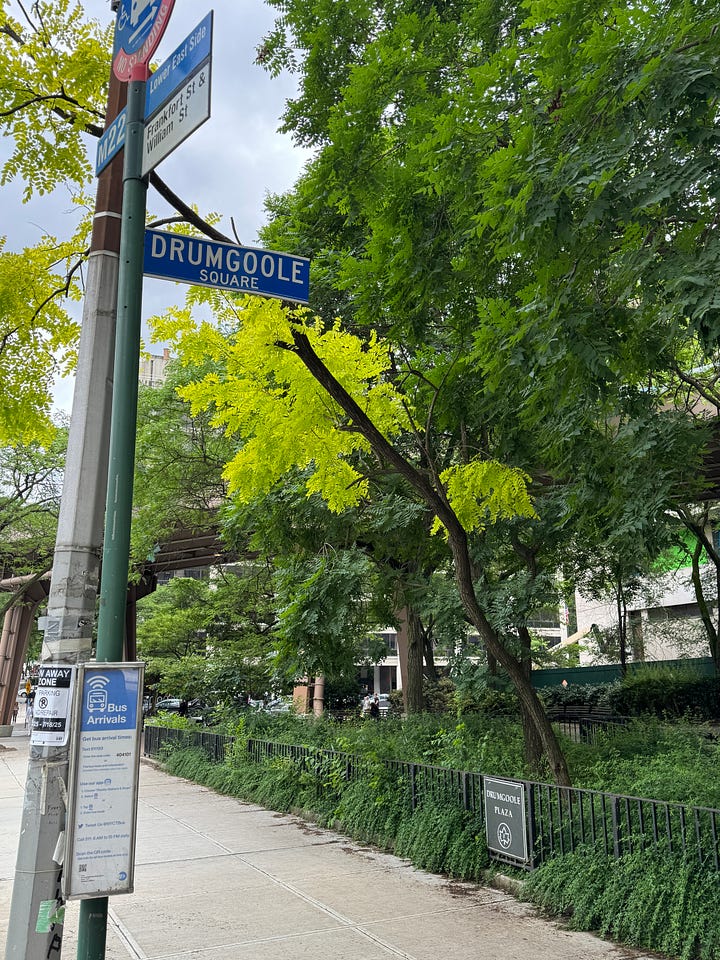
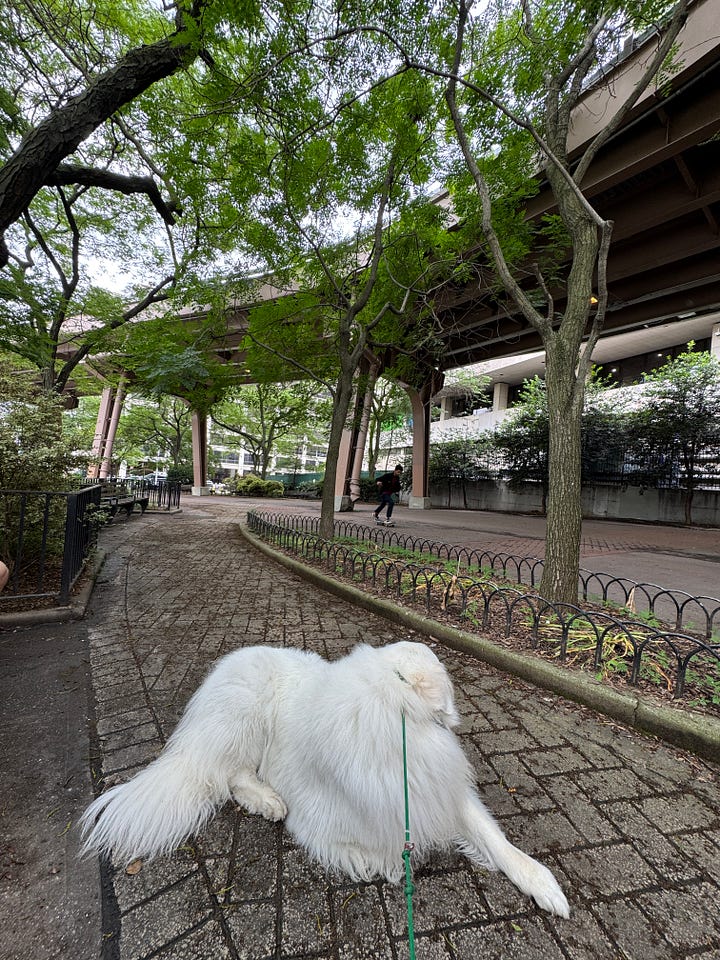
John Christopher Drumgoole emigrated to America from Ireland in 1824 when he was eight years old. His father, a shoe cobbler, died two years prior and he made the transatlantic journey solo to meet his mother, who had emigrated ahead of the rest of the family and was working as a maid. He followed in his father’s footsteps and worked as a shoemaker until becoming sexton of St. Mary’s in the Lower East Side in 1844.
He worked at the church through the Great Irish Famine, then the US Civil War. Maybe due to his own experience fending for himself when he was young, Drumgoole was particularly concerned for the hordes of impoverished and unschooled children running the streets of New York. Most of the children were child newspaper vendors: orphaned or homeless, these kids earned maybe a quarter a day hollering scandalous headlines on street corners, often drunk, delinquent, and battling for territory.
Drumgoole provided shelter for these children in need in the basement of the church and, once he had provisioned care for his aging mother, commenced studies to enter priesthood. His education took him to the Bronx at Fordham, then Chelsea, then Niagara Falls, where he was ordained at 52.
Two years later, in 1871, he was placed in charge of the Newsboys’ Lodging House at 53 Warren Street. Soon after he founded the St. Joseph’s Union, launching a publication in support of the cause: The Homeless Child and Messenger of St. Joseph's Union. Through 25-cent annual subscriptions, he raised enough funds to build a new mission house at the corner of Great Jones and Lafayette. The Mission of the Immaculate Virgin opened in 1881.
For Drumgoole and the newsboys and girls, the final frontier was Staten Island. The Mission of the Immaculate Virgin at Mount Loretto opened in 1883 and was the largest orphanage in New York State for some period. Mount Loretto was designed to be a self-sufficient farm, giving children access to ample space and fresh air — it even included a dairy farm, which until it closed in 1961 housed the only cows in New York City. Children received traditional schooling and could also learn shoemaking, woodworking, baking, and printing.
Drumgoole died after a particularly brutal commute during the Great Blizzard of 1888. At this point he divided his time between the orphanages in Manhattan and Staten — he was committed to returning to Manhattan so he would not miss a day’s work, even though the ferries and trains were shut down due to the weather. He traveled through the blizzard by horse and rowboat, then caught pneumonia and collapsed dead two weeks later before Sunday Mass. His funeral was held at St. Patrick’s Cathedral that Easter, and his final resting place is in Mount Loretto.
In 1994 the church ended foster service. The Staten property is now known as Mount Loretto Unique Area, a 241 acre nature reserve along the south shore of Staten Island, notably home to the highest ocean-facing bluffs in New York State. At the top of the highest bluff is the Prince’s Bay Light, a stone lighthouse built in 1864 and a New York State Landmark.
Drumgoole Plaza opened in 2003. It was the first of 13 open spaces to be renovated as a result of a $25M grant from the Lower Manhattan Development Corporation after 9/11. Searching for Drumgoole Plaza online you’ll find only two reviews on TripAdvisor: One from a sourpuss claiming “It is hardly worth finding unless you happen to walk past,” and another who acknowledges it has a pretty “Cool history!”

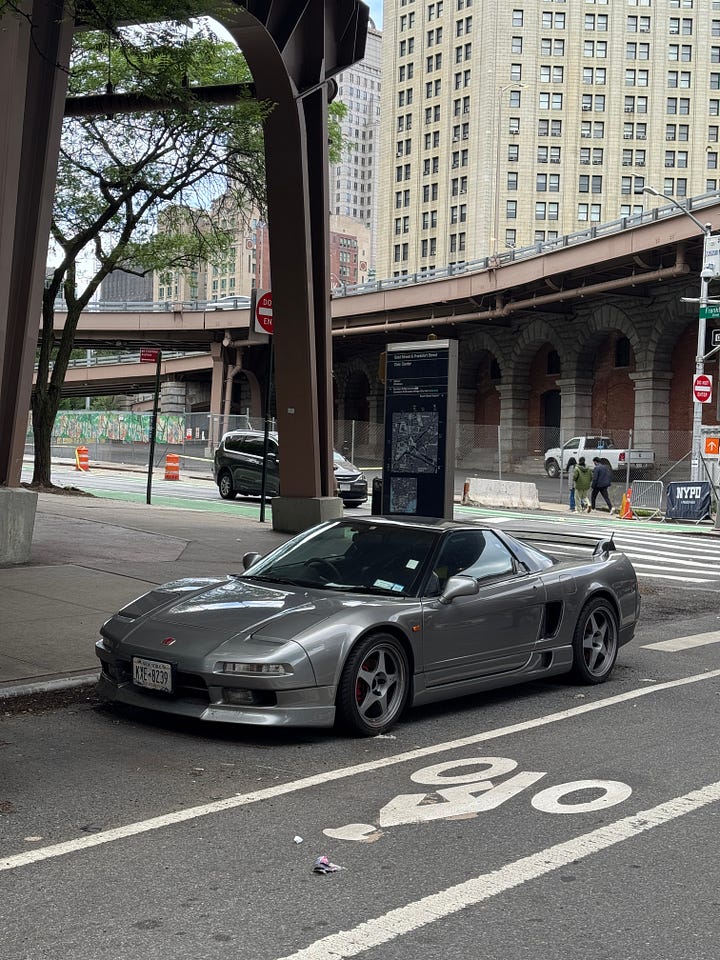
Perhaps more famous than Drumgoole Plaza, though, are the cars perpetually parked adjacent on Gold Street: a white 1991 Honda Beat (the last car model Soichiro Honda approved before his death), and silver first-gen Honda NSX.


The street is reserved for authorized parking only. Based on the surrounding buildings that means the cars probably either belong to a cop, a hospital worker, or someone who works at the NYC Housing Preservation & Development agency. The plate on the Beat is registered “Historical,” meaning the car is older than 25 years and it can’t be used for daily transportation, only as a collector’s item or an exhibition piece. So if the plaza doesn’t do it for you, maybe the cars will.

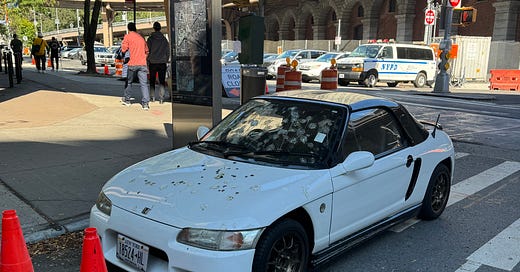

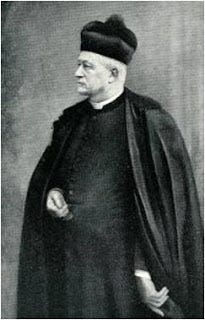

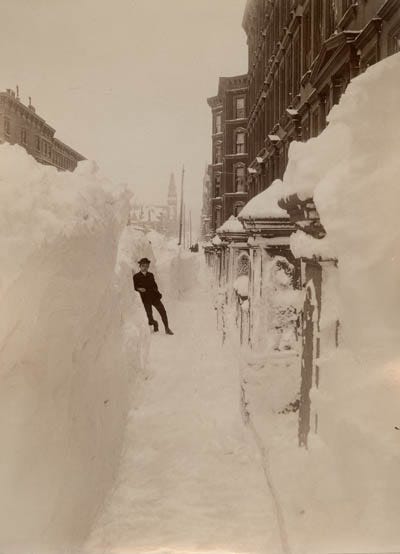
![Light House, Princes(sic) Bay, Staten Island, N.Y. [view of lighthouse and buildings from water] - NYPL Digital Collections Light House, Princes(sic) Bay, Staten Island, N.Y. [view of lighthouse and buildings from water] - NYPL Digital Collections](https://substackcdn.com/image/fetch/$s_!ySRU!,w_1456,c_limit,f_auto,q_auto:good,fl_progressive:steep/https%3A%2F%2Fsubstack-post-media.s3.amazonaws.com%2Fpublic%2Fimages%2F5776bf25-5e6a-4cba-a42e-b9af88e668c9_760x487.jpeg)
Excellent piece Nicole. I did not know about the Great Blizzard of 1888!